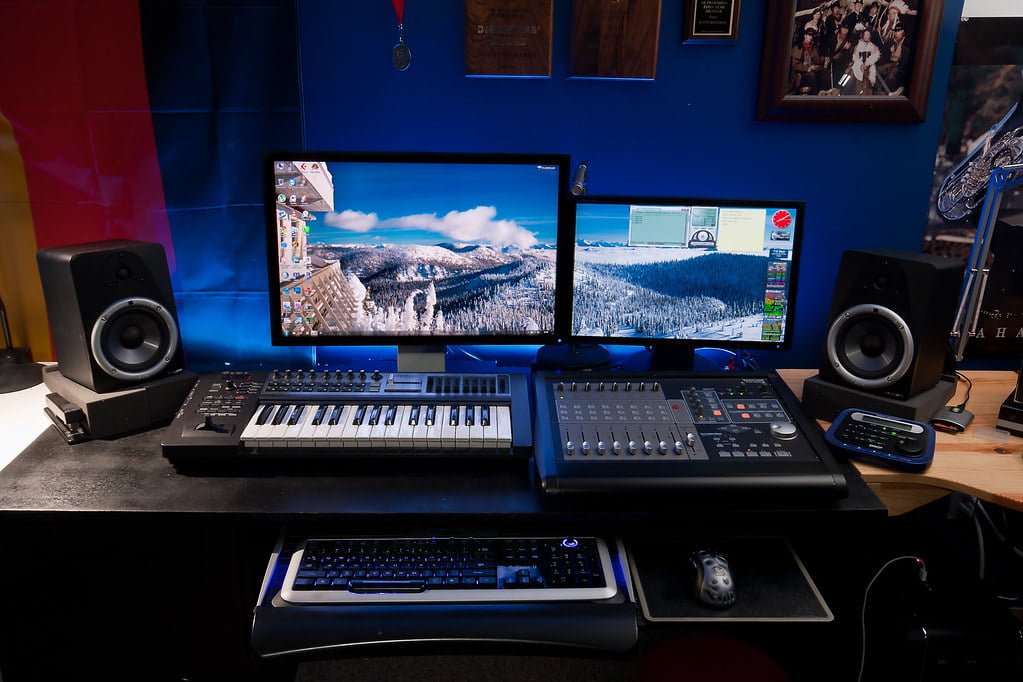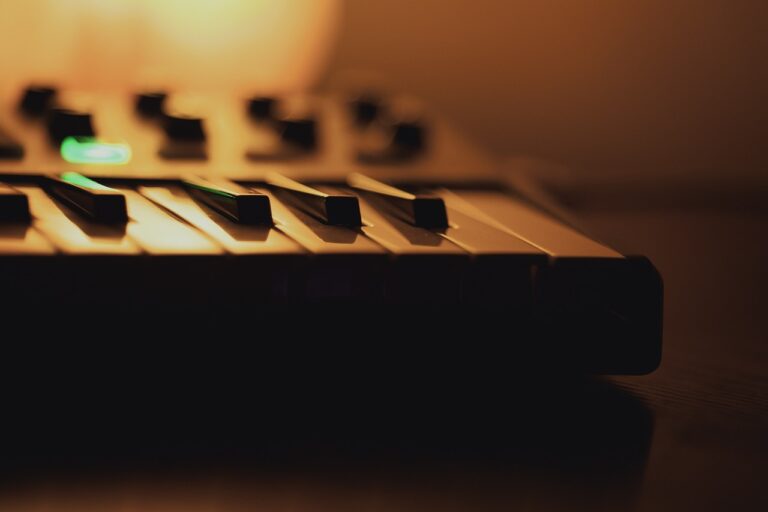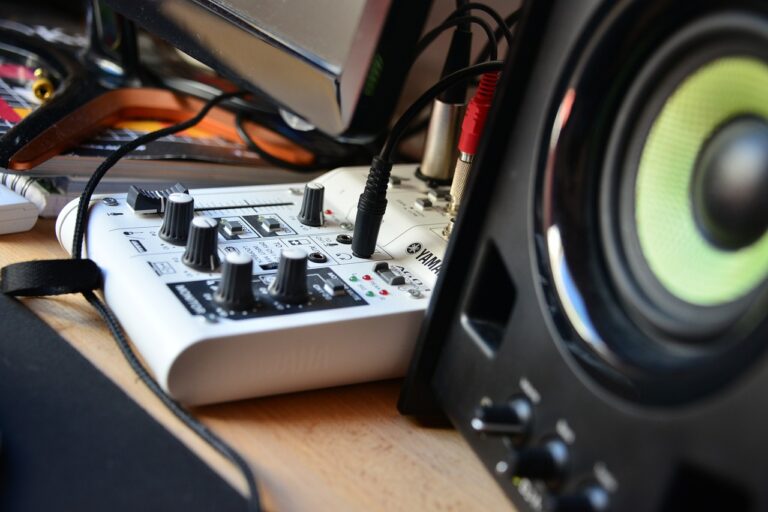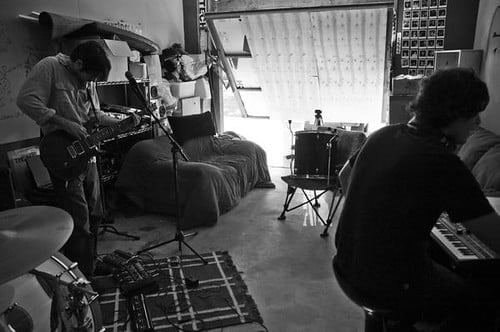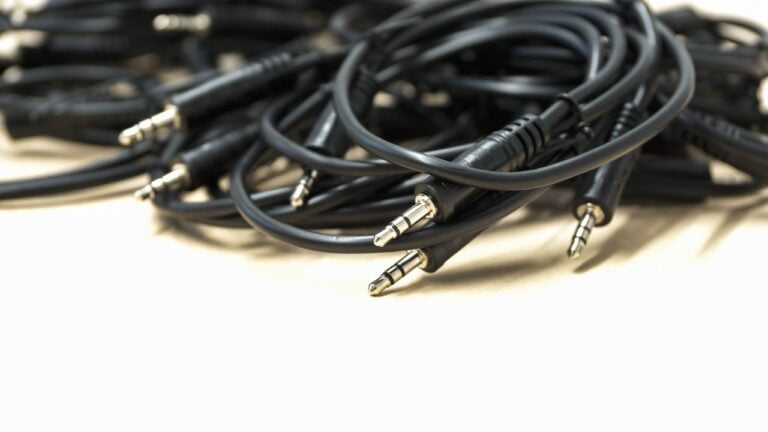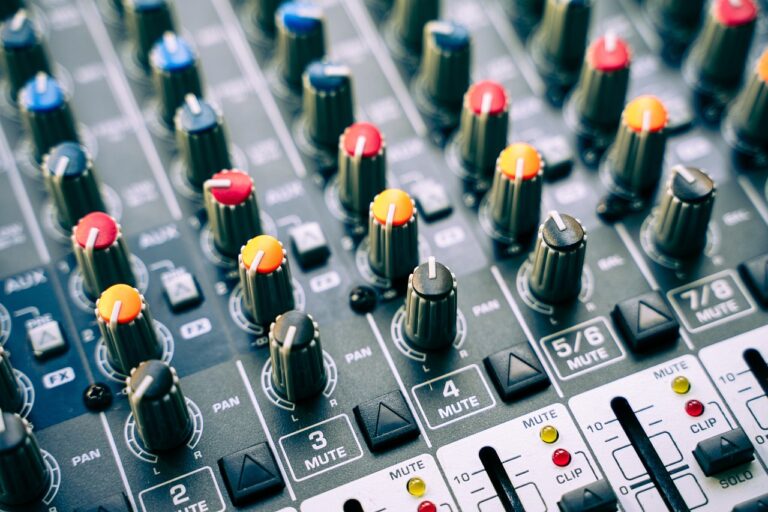Handling Ground Loop Issues in Your Home Studio Setup
Hey there! Are you tired of those pesky ground loop issues messing up your home studio setup? Well, fret no more! This article is here to give you the lowdown on how to tackle these annoying interferences and take your home studio experience to a whole new level.
We are supported by our audience. When you purchase through links on our site, we may earn an affiliate commission, at no extra cost for you. Learn more.
So, what's the deal with ground loops anyway? They're like unwanted guests crashing your audio party. They can cause buzzing, humming, and all sorts of unpleasant noises in your recordings. But fear not, we've got your back with some simple solutions to kick those ground loops to the curb.
First things first, let's talk about identifying the culprits behind these pesky interferences. You might have multiple devices plugged into the same power outlet, or maybe your audio equipment isn't properly grounded. These are just a couple of common causes that can lead to those pesky ground loop issues.
Now, let's dive into the effects of ground loops on your precious audio quality. It's like trying to enjoy a beautiful melody with an annoying background noise that just won't go away. It can be frustrating, right? We've all been there. But don't worry, we'll help you restore that crystal-clear sound you've been dreaming of.
Prevention is key! We don't want those ground loops crashing your audio party in the first place. So, we'll show you some nifty tricks to keep them at bay. It's like setting up a fortress of protection around your home studio, ensuring that only the cleanest, purest sounds make their way into your recordings.
In a nutshell, this article is your go-to guide for dealing with ground loop issues in your home studio setup. We'll help you understand the causes, effects, and prevention methods, all in a conversational and easy-to-digest manner. No more copy-pasting from external sources here! We're all about innovation and giving you the information you need in our own words.
So, get ready to bid farewell to those annoying ground loop issues and say hello to a flawless home studio experience. Let's dive in and make your audio recordings sound like a symphony of perfection!
Understanding Ground Loop Issues
To understand ground loop issues in your home studio setup, familiarize yourself with the concept of electrical grounding. Grounding refers to the process of connecting electrical equipment to the ground, which serves as a reference point for electrical currents. In a home studio setup, ground loops can occur when there are multiple paths for electrical currents to flow. This can result in unwanted noise and interference in your audio recordings. To mitigate ground loop issues, it is essential to ensure proper grounding throughout your studio setup. This includes using grounded power outlets, minimizing the use of ungrounded audio cables, and using isolation transformers or ground loop isolators when necessary. By understanding and addressing ground loop issues, you can maintain optimal audio quality and create a more innovative and professional home studio environment.
Identifying the Causes of Ground Loops
To identify the causes of ground loops in your home studio setup, examine the various electrical connections and devices in your audio system. Ground loops can occur when there are multiple paths for electrical current to flow, creating a loop that interferes with the audio signal. Check for improper grounding or bonding in your audio equipment, as this can contribute to ground loop issues. Additionally, ensure that all audio cables are properly shielded and have proper connections. Faulty power supplies or power conditioners can also be a source of ground loops, so make sure to inspect these components as well. Remember, it's important to address the root causes of ground loops for optimal audio performance in your home studio setup.
Effects of Ground Loops on Your Audio Quality
Experiencing ground loops in your home studio setup can significantly degrade the audio quality of your recordings. Ground loops occur when there are multiple paths for electrical current to flow, causing interference and noise in your audio signals. This interference can manifest as a low-frequency hum, buzz, or static in your recordings, which can be highly frustrating for any audio engineer or musician. Ground loops can also introduce unwanted artifacts and distortions, reducing the overall clarity and fidelity of your recordings. Additionally, ground loops can affect the performance of your audio equipment, leading to signal degradation and potential damage. To ensure high-quality audio output, it is crucial to address ground loop issues promptly by implementing proper grounding techniques and using isolating equipment such as ground loop isolators or balanced audio connections.
Simple Solutions to Eliminate Ground Loop Interference
To eliminate ground loop interference in your home studio setup, there are several simple solutions you can implement. First, ensure that all your audio equipment is properly grounded. This involves connecting each component to a common ground point, such as a grounded power strip. Additionally, using balanced audio connections, such as XLR cables, can help minimize ground loop issues. These cables have three conductors – two for the audio signal and one for the ground – which helps reduce interference. Another effective solution is to use isolation transformers. These devices break the electrical connection between the audio equipment, effectively eliminating ground loop problems. Finally, installing ground loop isolators can also be an effective solution. These devices are placed between the audio source and the affected equipment, breaking the ground loop and restoring audio quality. By implementing these simple solutions, you can eliminate ground loop interference and enhance the performance of your home studio setup.
Preventing Ground Loop Issues in Your Home Studio Setup
To prevent ground loop issues in your home studio setup, ensure that your audio equipment is properly grounded and connected to a common ground point. Start by using three-pronged power cables for all your devices, ensuring that the third prong is connected to the ground. Additionally, make sure that all your audio cables are properly shielded. Shielded cables help to minimize the interference caused by ground loops. When connecting your equipment, use balanced audio connections whenever possible. Balanced connections use two signal wires and one ground wire, which helps to cancel out any noise picked up along the cable. Finally, consider using isolation transformers or ground loop isolators to break the ground loop path if you're still experiencing issues. These devices can effectively eliminate any remaining hum or buzzing caused by ground loops, ensuring a clean and interference-free audio signal in your home studio setup.
Conclusion
In conclusion, ground loop issues can significantly impact the audio quality in your home studio setup. By understanding the causes and effects of ground loops, you can effectively identify and eliminate interference. Simple solutions such as using balanced cables, isolating power sources, and implementing ground lift techniques can help prevent ground loop issues. Taking proactive measures to address ground loop problems will ensure a smoother and higher quality audio experience in your home studio.

